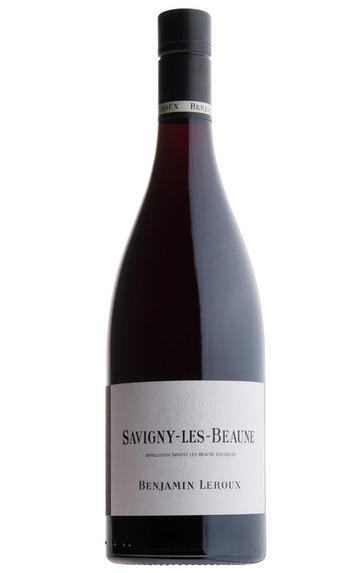
2017 Savigny-lès-Beaune, Benjamin Leroux, Burgundy
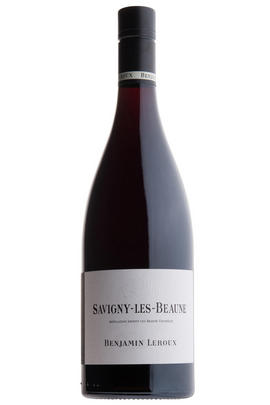
Critics reviews
Was barrel now in foudre. All village in 2017, the 1er cru has been made apart. Medium deep red, with an attractive savoury deep red fruit on the nose, followed by a surprising weight of fresh cherry fruit and then some additional lifted quality from a few stems (Fourneaux) at the back. Not massive but very pretty, and actually with exceptionally persistence.
Jasper Morris MW, Inside Burgundy (November 2018)
Part aged in large foudre.
Feels like a heavy bottle? But with any luck, he has mended his ways since 2017. Transparent garnet. It smells like red burgundy! (With very slight sweatiness.) But on the palate, it's razor-sharp and just about ready to enjoy—proper Savigny with no faults or rough edges on the palate. You couldn’t say it's great value, but it's very well made. It has a rather nice grainy, stony finish and is admirably long.
Drink 2023 - 2030
Jancis Robinson MW, JancisRobinson.com (September 2023)
About this WINE
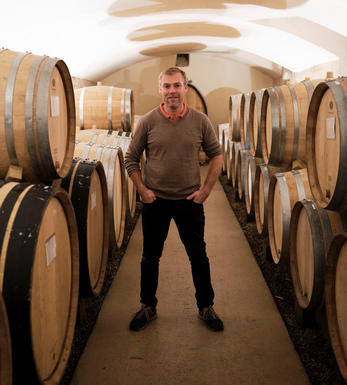
Benjamin Leroux
Having created a name for himself as régisseur (general manager) of Domaine du Comte Armand in Pommard, Benjamin Leroux established, with English backing, a small négociant business based in Beaune since 2007. The range is confined to the Côte d’Or, from Chassagne-Montrachet to Gevrey-Chambertin, with the intention of developing farming contracts or indeed purchasing vineyards in the future.
The possibilities are very exciting for this exceptionally talented vigneron. Benjamin is a master at delivering purity of fruit alongside a seamless texture in his wines which have only the subtlest influence of oak. One of Benjamin’s favourite locations for white wine vineyards is the border between Auxey-Duresses and Meursault, which is where Les Vireuils can be found. Here the natural weight of Meursault is enhanced by the fresher minerality typical of the side valley of Auxey-Duresses.
Jasper Morris MW, Burgundy Wine Director and author of the award-winning Inside Burgundy comprehensive handbook.
Discover the story behind our Own Selection Bourgogne Côte d’Or Pinot Noir, made for us by Benjamin. Read more
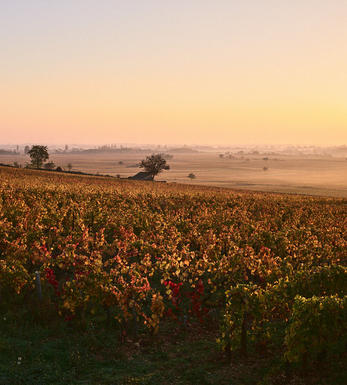
Savigny-lès-Beaune
Savigny-lès-Beaune is situated within France’s larger Burgundy wine region, celebrated for its intricate terroir-driven winemaking traditions. The village lies just north of the town of Beaune and is known for producing red and white wines, although red wines dominate in quantity.
The reds are primarily made from Pinot Noir grapes, which thrive in the region’s limestone and clay-rich soils. These wines often balance ripe fruit flavours like red cherries and raspberries, earthy forest floor notes, and a refined structure of moderate tannins and vibrant acidity.
The whites from Chardonnay grapes display a refreshing acidity and diverse flavours, from zesty citrus and green apple to more complex hints of hazelnuts, white flowers, and mineral nuances.
Due to its hilly landscape, Savigny-lès-Beaune benefits from a mosaic of microclimates and various soil types, allowing for subtle variations in the wines produced across its multiple vineyards or “climats.” These climatic and soil distinctions contribute to the unique character of each wine, emphasizing the concept of terroir – the idea that a wine’s flavour and personality are intricately tied to its specific place of origin.
The winemakers in Savigny-lès-Beaune are deeply committed to traditional winemaking methods, paying meticulous attention to detail during vineyard management and the winemaking process. Hand-harvesting, careful sorting of grapes, and gentle extraction methods are standard practices, ensuring that the wines reflect the essence of the terroir while maintaining a sense of finesse and elegance.
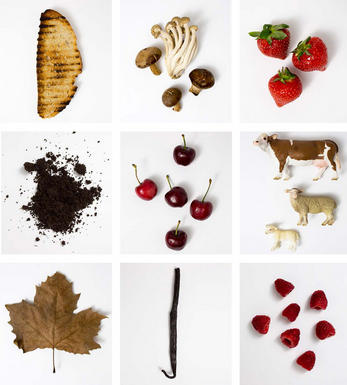
Pinot Noir
Pinot Noir is probably the most frustrating, and at times infuriating, wine grape in the world. However when it is successful, it can produce some of the most sublime wines known to man. This thin-skinned grape which grows in small, tight bunches performs well on well-drained, deepish limestone based subsoils as are found on Burgundy's Côte d'Or.
Pinot Noir is more susceptible than other varieties to over cropping - concentration and varietal character disappear rapidly if yields are excessive and yields as little as 25hl/ha are the norm for some climats of the Côte d`Or.
Because of the thinness of the skins, Pinot Noir wines are lighter in colour, body and tannins. However the best wines have grip, complexity and an intensity of fruit seldom found in wine from other grapes. Young Pinot Noir can smell almost sweet, redolent with freshly crushed raspberries, cherries and redcurrants. When mature, the best wines develop a sensuous, silky mouth feel with the fruit flavours deepening and gamey "sous-bois" nuances emerging.
The best examples are still found in Burgundy, although Pinot Noir`s key role in Champagne should not be forgotten. It is grown throughout the world with notable success in the Carneros and Russian River Valley districts of California, and the Martinborough and Central Otago regions of New Zealand.


Buying options
Add to wishlist
Description
This is deliciously moreish, with sweet strawberry fruit and cranberry bite for lift. The final blend included some wine aged in large foudres (three out of the thirteen barrels made), which adds a heartier, richer texture and rounds out the wine. While this is simple, it is far from one-dimensional. The wine comes from vines in Les Conardises and the village section of Les Fourneaux vineyards. This is very appealing and at its peak now.
Mark Pardoe MW, Wine Director, Berry Bros. & Rudd (January 2024)
wine at a glance
Delivery and quality guarantee